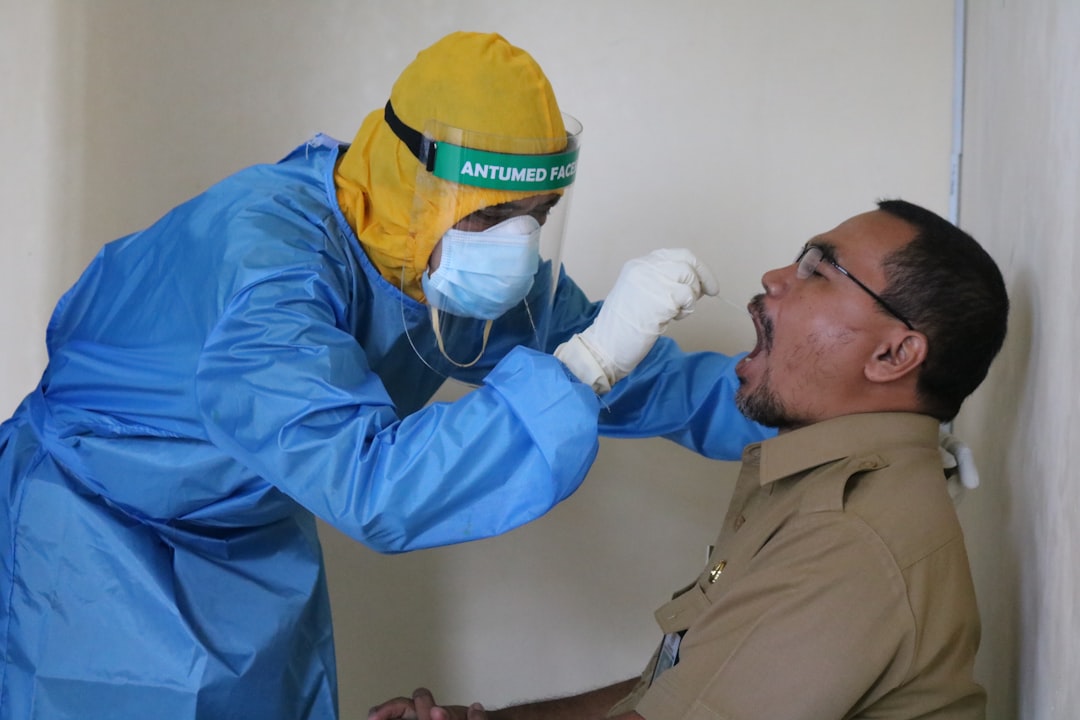What is it about?
While ibrutinib, an inhibitor targeting Bruton tyrosine kinase (BTK), shows clinical efficacy for the treatment of chronic lymphocytic leukemia and other B cell malignancies, the detailed patho-physiological role of BTK in these diseases is still incompletely understood. For precisely specifying the target selectivity of inhibitors we applied chemical genetics, which means studying the interaction of unnatural ligands with engineered proteins. Specifically, we found it interesting to assess for different cell functions, how much inhibitor effect still remains, when resistance mutations of BTK are present.
Featured Image
Why is it important?
By monitoring the intracellular auto-phosphorylation of BTK the same 30-fold versus more than 1000-fold protection by the C481S or T474I mutations against ibrutinib or dasatinib was found as reported for the activity of purified mutant enzymes. This afforded the opportunity to test in cell line models, to which degree restored intracellular kinase activity translated into rescue of cell functions in the presence of kinase inhibitors. In cell line models, which resembled CLL samples from the peripheral blood in that BTK inhibitors showed only modest cytotoxicity, BTK and LYN did not appear to be substantially involved in cell survival and growth. In contrast, we could show that inhibition of chemotaxis and chemokine secretion was reverted by binding pocket mutations of BTK or LYN and thus specifically linked to the activity of these kinases. Therefore, it is conceivable that such mutations could be selected for in vivo, for they enable malignant B cells to migrate to protective niches and shape the composition of the tissue microenvironment in the presence of specifically targeted kinase inhibitors.
Perspectives
Whereas the reconstitution of growth or survival is most commonly investigated in chemical genetic studies, we report here the rescue by resistance mutations of cell functions with importance for the dialogue of lymphoma cells with the micro-environment, namely chemokine secretion and chemotaxis. Such cell functions and their rescue by resistance mutations may lead to distinct vulnerabilities and therefore may be of value for cell-line based comparative inhibitor assessment.
Dr Günter Krause
University of Cologne
Read the Original
This page is a summary of: Establishing a chemical genetic link between Bruton tyrosine kinase activity in malignant B cells and cell functions involved in the micro-environmental dialogue, British Journal of Haematology, June 2017, Wiley,
DOI: 10.1111/bjh.14781.
You can read the full text:
Resources
Contributors
The following have contributed to this page










